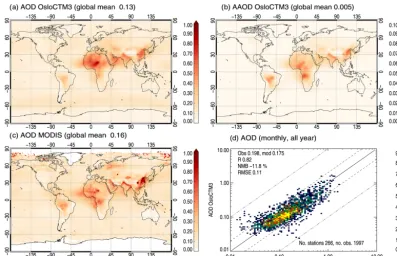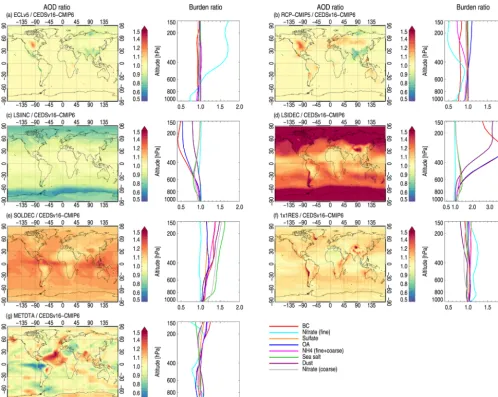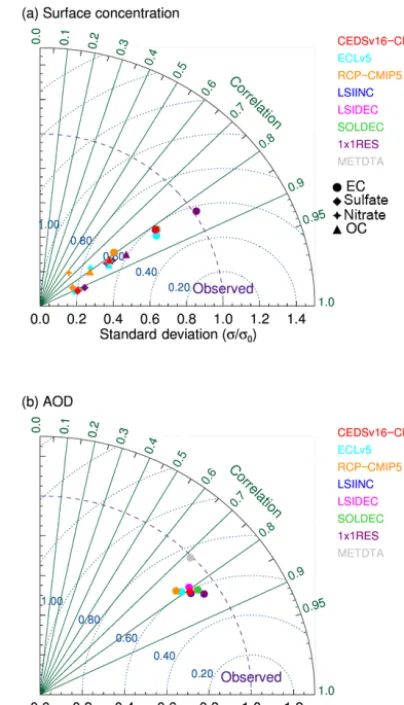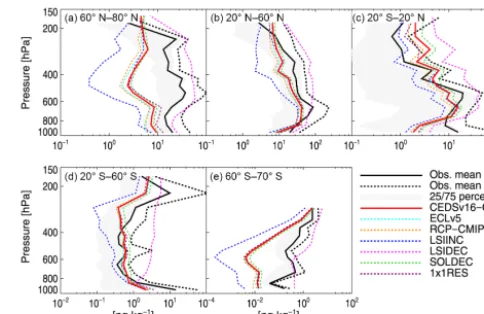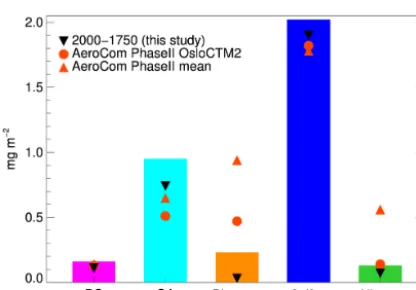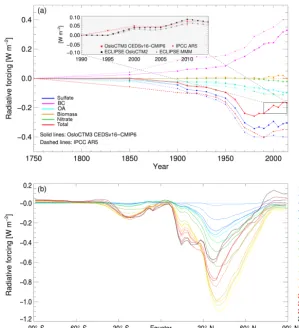Concentrations and radiative forcing of anthropogenic aerosols from 1750 to 2014 simulated with the Oslo CTM3 and CEDS emission inventory
Full text
Figure


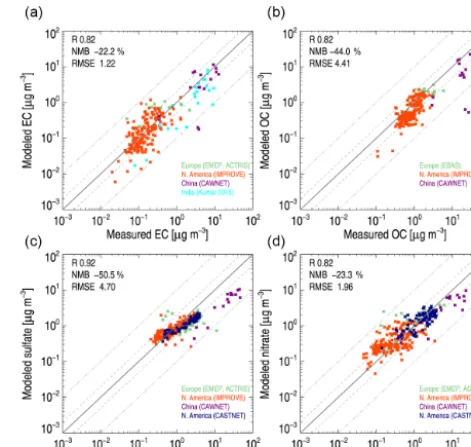
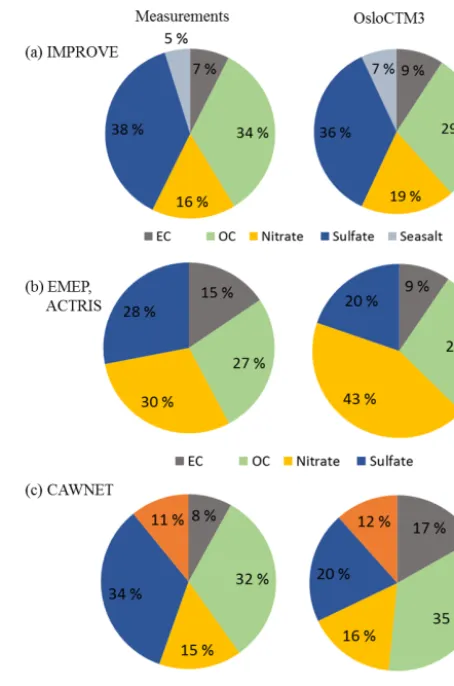
Related documents
Next we see that the rescaled Fourier functional model is endowed with the "step-constraints" parameters, which control kinematic aspects of human locomotions: step
Effigies may well represent something entirely new for poetry, prose poetry, and sudden fic- tions; at the least, this work adds significantly to the rich heritage Robert Hill Long
[T]o convene, in 2010, a workshop for an exchange of views on how a better understanding of traditional values of humankind underpinning international human rights norms and
Nursery and field studies were conducted at college of Agriculture, Abu Ghraib, Iraq to evaluate the effects of sowing date and plant density on onion
Another meditation teacher, who has facilitated meditation teachers training, has also worked with vulnerable populations in San Francisco including those with psychiatric
The developed greenness-duration irrigated area model performs with an improved level of skill, compared to the widely accepted method of using single date imagery to
An integrated systems analysis approach was used to analyze hydro-climatic trends and to assess the impact of projected climate change on the hydrological regime in the Koshi
